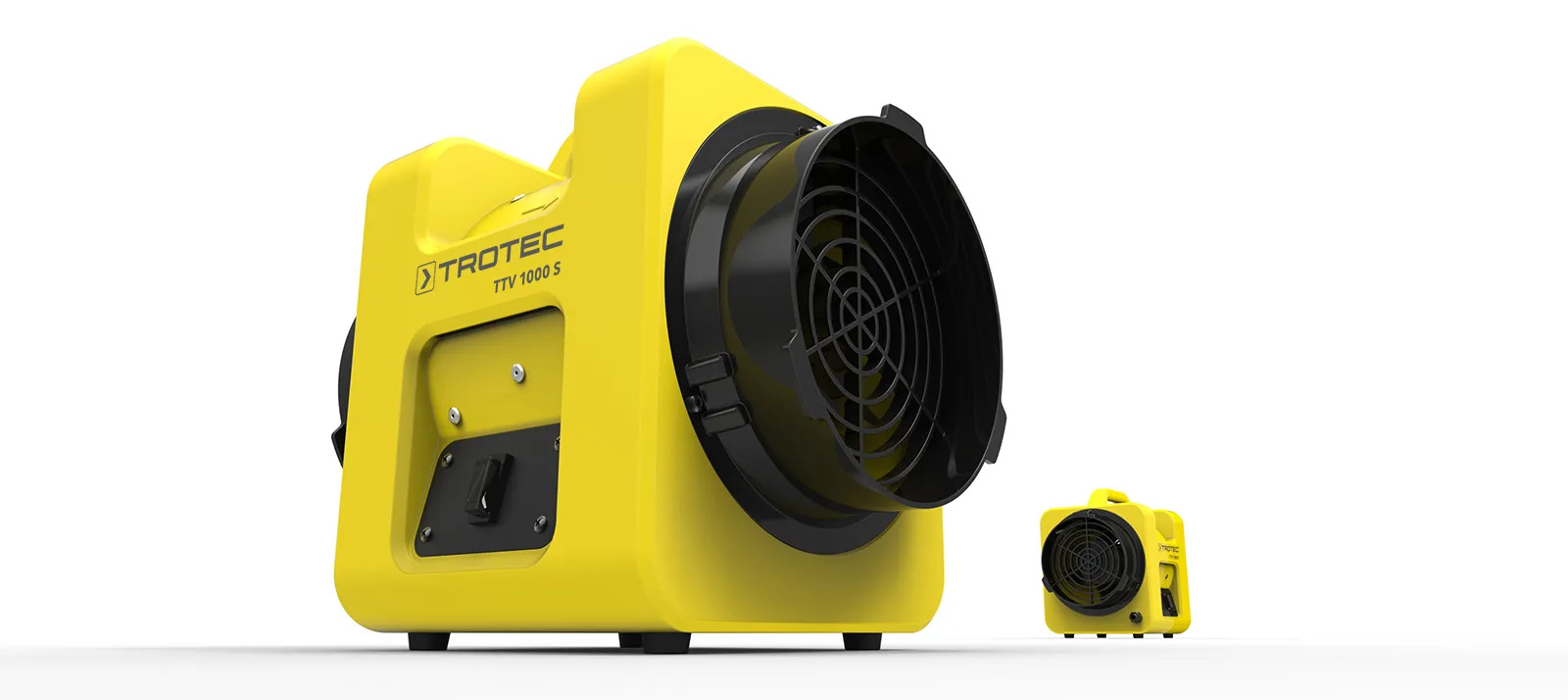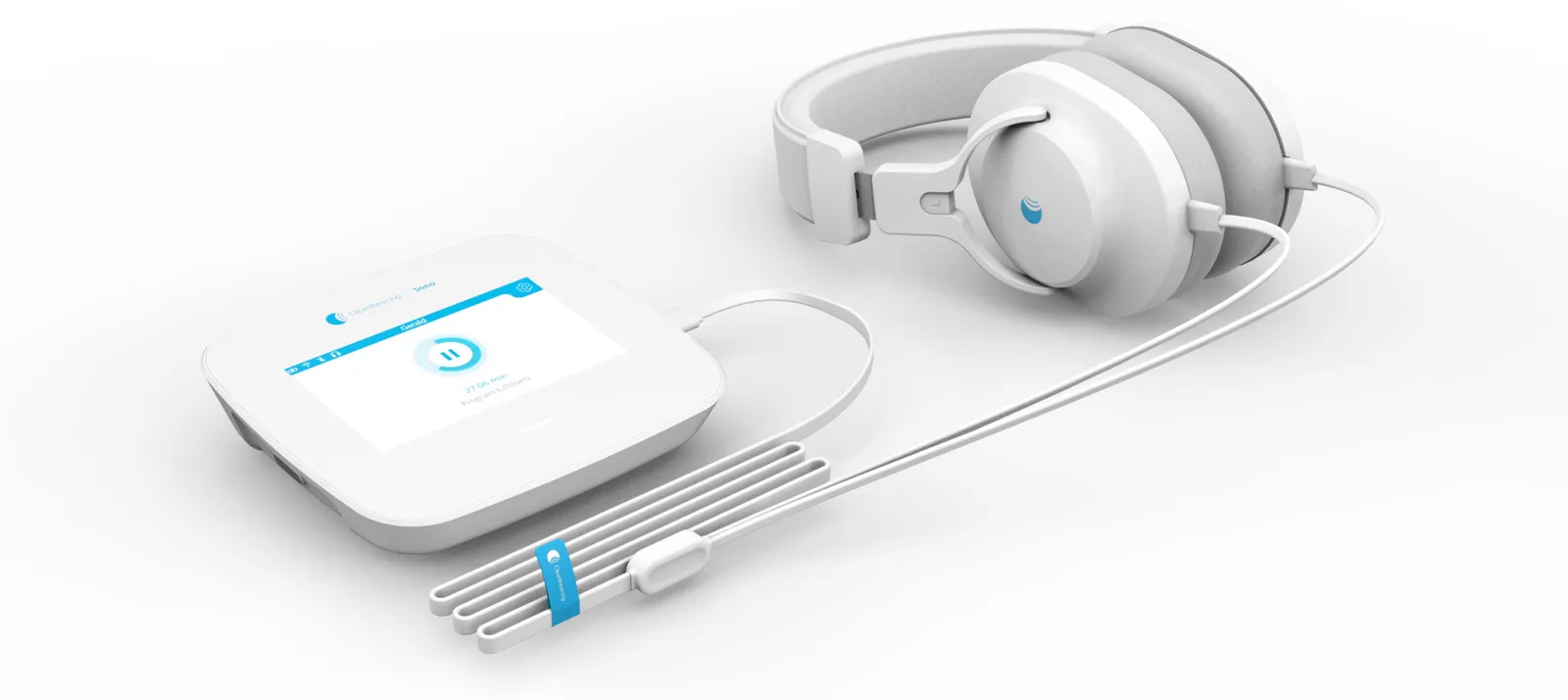Perspective
Ocean Plastic Tides - Caused or Solved by Design?
This article is currently only available in English.
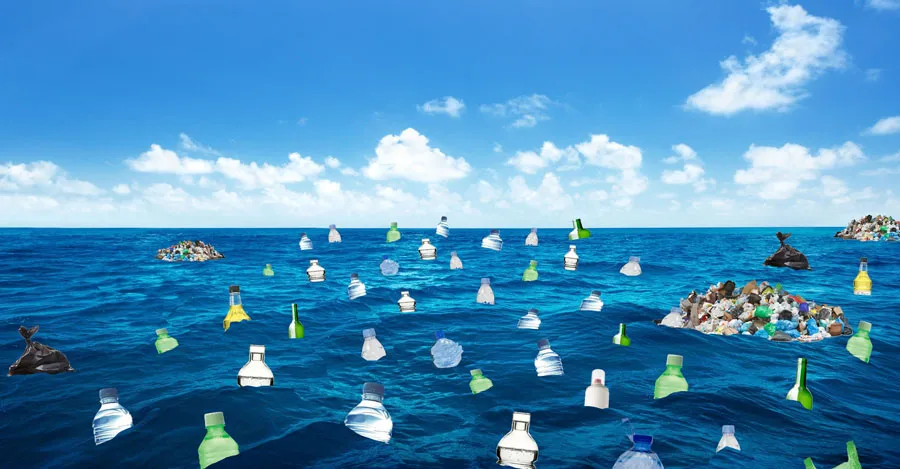
Our oceans are full of marine debris causing heavy water pollution around the globe. Millions of seabirds, fish and whales suffer from the large amounts of plastic in the ocean. Most of the plastic comes from the land, whereas around one fifth consists of the lost cargo. Altogether they create huge marine trash vortexes, among the biggest is Great Pacific Garbage Patch. Collecting and recycling the garbage floating in the oceans is one thing, but what's even more important is to reduce, and ideally completely eliminate the source of both sea and land plastic pollution.
Is the design industry part of the problem?
In our daily lives, we're surrounded by so many plastic objects it's hard to imagine to replace it by a different source. What makes it so attractive to manufacturers and consumers around the world is its low price. It's also super malleable and highly resistant. Is there any way to reduce the share of plastic in the design process and final products?
Researchers investigating the oceans gyres (a ringlike system of ocean currents rotating clockwise in the Northern Hemisphere and counterclockwise in the Southern Hemisphere) highlight the problem of mismanaging the waste but also emphasize the issue of reinventing the material itself - the plastic and its environmental effects. Scientists are working on refining existing bioplastics that degrade upon exposure to sunlight, water, bacteria or enzymes. Unfortunately current solutions, like Biopol (a completely biodegradable plastic) are too expensive to use in a mass production.
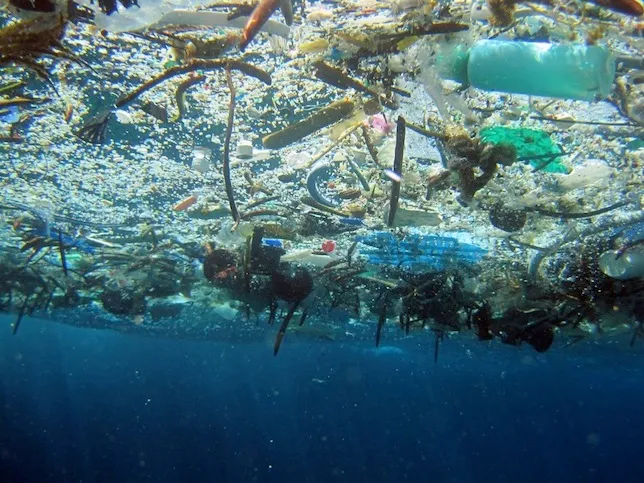
Photo by U.S. National Oceanic and Atmospheric Administration
Here at WILDDESIGN, in order to build live saving products we need to utilize the best material solutions in terms of function, hygiene and usability. We use many kinds of plastics and materials for our medical product developments for their special functions, in some cases even composites. But in most cases, the quantities are low and the lifecycle of these lifesavers are very long. We try to solve the problem with the consumables or disposables, packaging design or product design whenever possible.
Personally, I did know 'something' about the issue of ocean pollution before, but only when I dug deeper into the problem I was struck how grave the situation is. Given the fact that I live in China where the waste management is still in its infancy(research suggests that China is the world's biggest ocean polluter) I wondered how I can reduce my own plastic footprint. I try to always bring my own reusable bag when shopping and instead of buying bottled beverages just use a refillable container. I believe that every action, even the smallest, counts.
A floating soup of plastic
The plastic bottles, fishing nets, lighters, bags which are now in the ocean are decomposing and fragmenting - most of the plastic particles floating in the oceans are smaller than one forth inch. The garbage patches don't have a solid, observable structure - the scientists compare them to a suspended 'soup of plastic' moving with the oceans' currents.
Only after this, I realized how hopeless and impossible this project is. These micro waste are floating virtually everywhere in the blue deep being ingested by turtles, whales, tunas, etc.. So by eating seafood and fish we're basically eating our own garbage.
Recently there was a buzz about a project of a huge floating ocean cleaning structure designed by a Dutch teenager named Boyan Slat. Although his plan has been deemed by experts as unrealistic, he's following on the project, raised $2 million for his organization The Ocean Cleanup, ran scale-model test, organized an expedition to the Great Pacific Garbage Patch and published an extensive response to his critics last year. Next year he's planning a large ocean trial near the island of Tsushima, between Japanese and South Korean coasts.

Photo by the Ocean Cleanup
Big players are cleaning up
At first sight it seems like there's nothing industries can do, but many global brands are already exploring the potential of the floating ocean waste. For the last couple of decades many of them directly or indirectly contributed to the growing problem of water pollution and expansion of the five major ocean gyres. Of course, being eco-friendly and sustainable is also a part of their carefully crafted brand image but who has a stronger voice to raise public awareness about this kind of issues?
- One of the most noted examples of reuse of ocean plastic in recent months it's this made by Adidas. They've knitted a new model of sneakers entirely from ocean plastic trash and more precisely from illegal gill nets. It was possible thanks to Adidas partnership with Parley for the Oceans, an initiative dedicated to raising awareness about the beauty and fragility of the oceans and to collaborating on projects that can end their destruction.
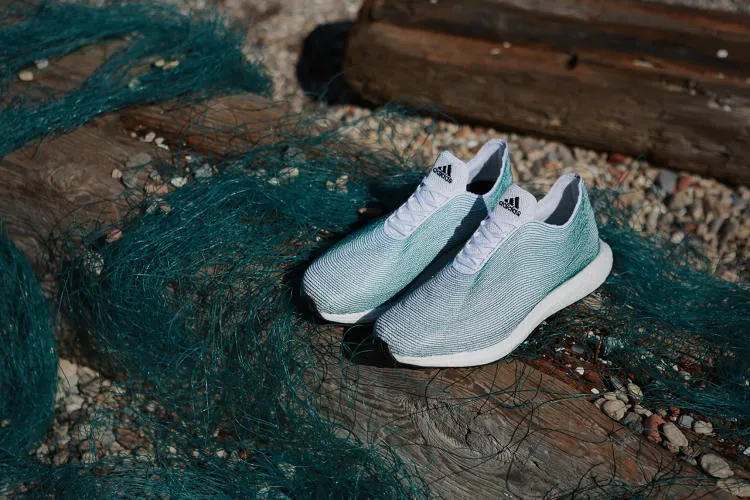
Photo by Adidas
- Last year Pharrell Williams together with Bionic Yarn, a company recycling ocean waste into yarn, made another attempt on turning ocean plastic into fashion. Since Williams joined Bionic Yarn as a Creative Director the company has signed deals with brands like Timberland and Gap but collaboration with the G-Star on jeans line called "RAW for the Oceans". It launched last year and is their biggest project so far.
- Who can shout the loudest about the issue of marine garbage if not the ones who spend most of their time on the sea? Ocean friendly surfboards had to make a long way into the hearts of professional surfers as the first models couldn't beat the regular ones on quality, lightness or style. Surfers are getting savvier on new sustainable technologies and how harmful for the environment are boards made of toxic and unrecyclable materials. Kelly Slater, one of the most famous surfers ever, was riding an Ecoboard (boards certified as sustainable) when he won a globally broadcasted competition at Bells Beach in Australia in March. This month Slater took a step further into promoting recycling ocean trash and launched Outerknow, a menswear label including 100% recyclable clothing made from reclaimed fishing nets.

Photo by Rob Keaton
- Method, a home detergent company, already defining itself as a representative of green chemistry, came forward when they decided to reuse the garbage they collected in their packaging already 3 years ago when they participated in a California Coastal Cleanup Day. Since the plastics coming from oceans are brittle and hard to reuse, Method together with Envision Plastics have come up with a new process allowing remanufacturing low quality material into high quality plastic which is called Ocean PCR.
The oceans are already choking on plastic waste. Although all the solutions mentioned are highly appreciated and raise global awareness about the problem of the marine debris, what's more important is to eradicate the source of the problem in the first place. This is a challenge for the whole design industry. We need to shift towards more sustainable solution when it comes to all areas of design.
WILDESIGN teamed up with Green Drinks China for environmental education >>>
Meanwhile please visit our Pinterest boards for more examples of sustainable design:
Visit WILDDESIGN Eco design board >>>
Visit WILDDESIGN OCEAN design board >>>
Have you heard about other ocean waste related initiatives? Do you see other solution to fix this problem? If you have any other ideas how can we make an impact both as a company and personally, let me know!
Frequently asked questions


